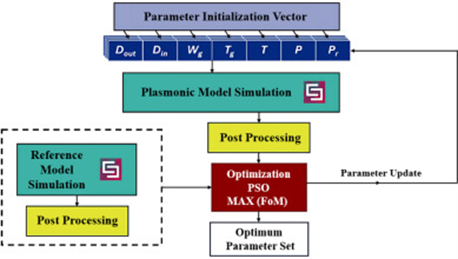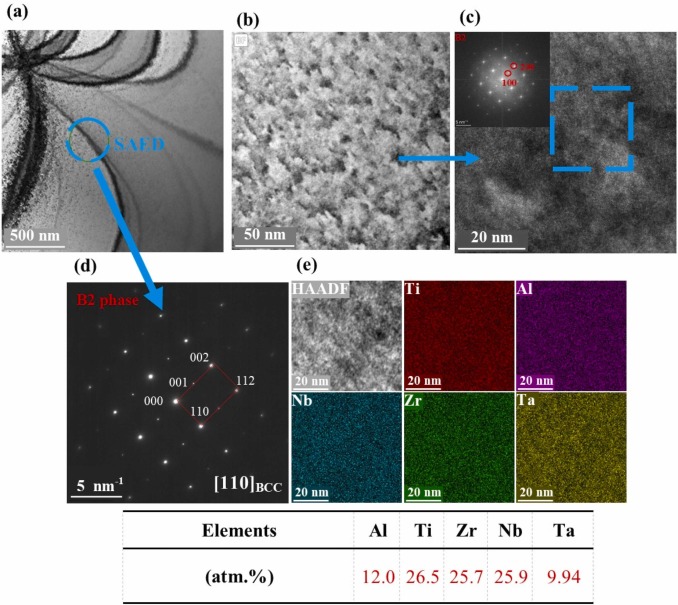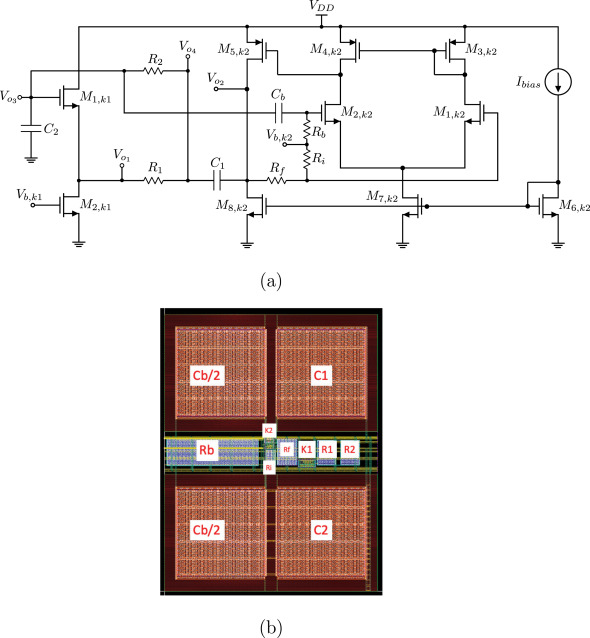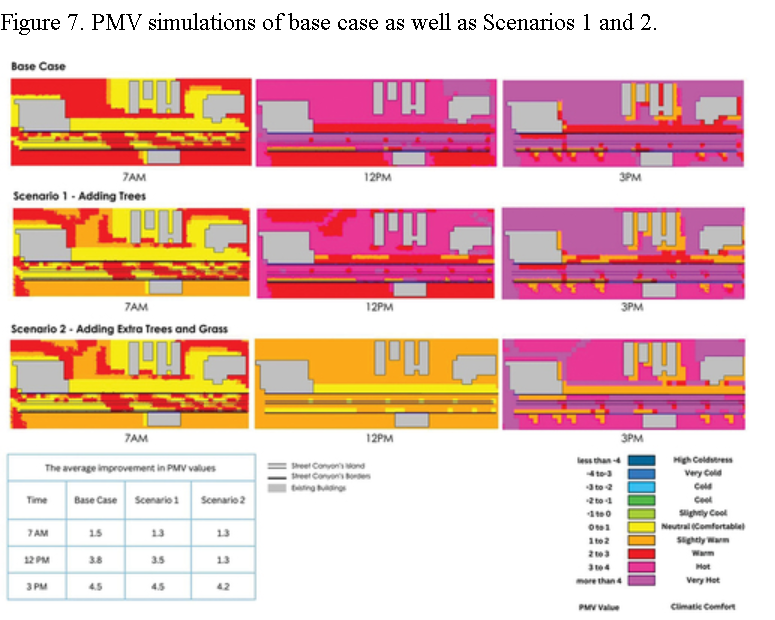
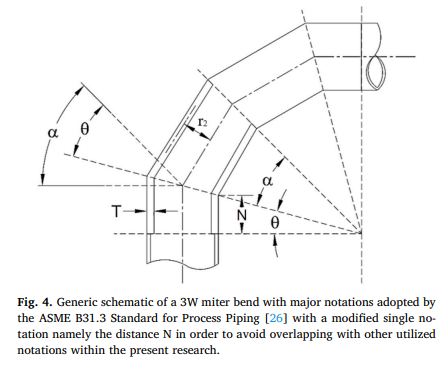
Load carrying capacities of pressurized 90 degree miter and smooth bends subjected to monotonic in-plane and out-of-plane bending loadings
The present research focuses on generating interaction diagrams (i.e. limit moment boundaries vs steady internal pressure spectra) of pressurized 90 o miter and smooth bends. One-, two-, three-, and four-weld miter bends are modelled and analyzed. Additionally, 90 o smooth bends (SBs) bearing the miter bends’ same material and major geometric parameters are analyzed thus providing broader range of comparisons concerning structural responses to external applied loadings. All bends analyzed are subjected to steady internal pressure spectra and monotonic in-plane closing, in-plane opening, and out-of-plane bending moment modes discretely. The finite element (FE) method is utilized for solution and analyses. Limit load FE validation studies are initially conducted against experimental test outcomes of both miter and smooth bends subjected to different bending modes. Outcomes of conducted FE validation studies illustrated excellent correlation as compared to the experimental tests recordings. Interaction diagrams are successfully generated for pressurized miter and SBs possessing nominal pipe size (NPS) of 10 in. Schedule (SCH) 40 Standard (STD) and NPS 10 in. SCH 20 subjected to the three bending modes. The American Society of Mechanical Engineers (ASME) Twice-Elastic-Slope (TES) Method is adopted for computing limit moments. It is generally observed that the combined load carrying capabilities (moments-pressures) increase as the number of miter welds increases; however, SBs recorded considerably higher limit moments and broader internal pressure spectra. Finally, all generated limit moment boundaries are expressed in mathematical equations. © 2019
